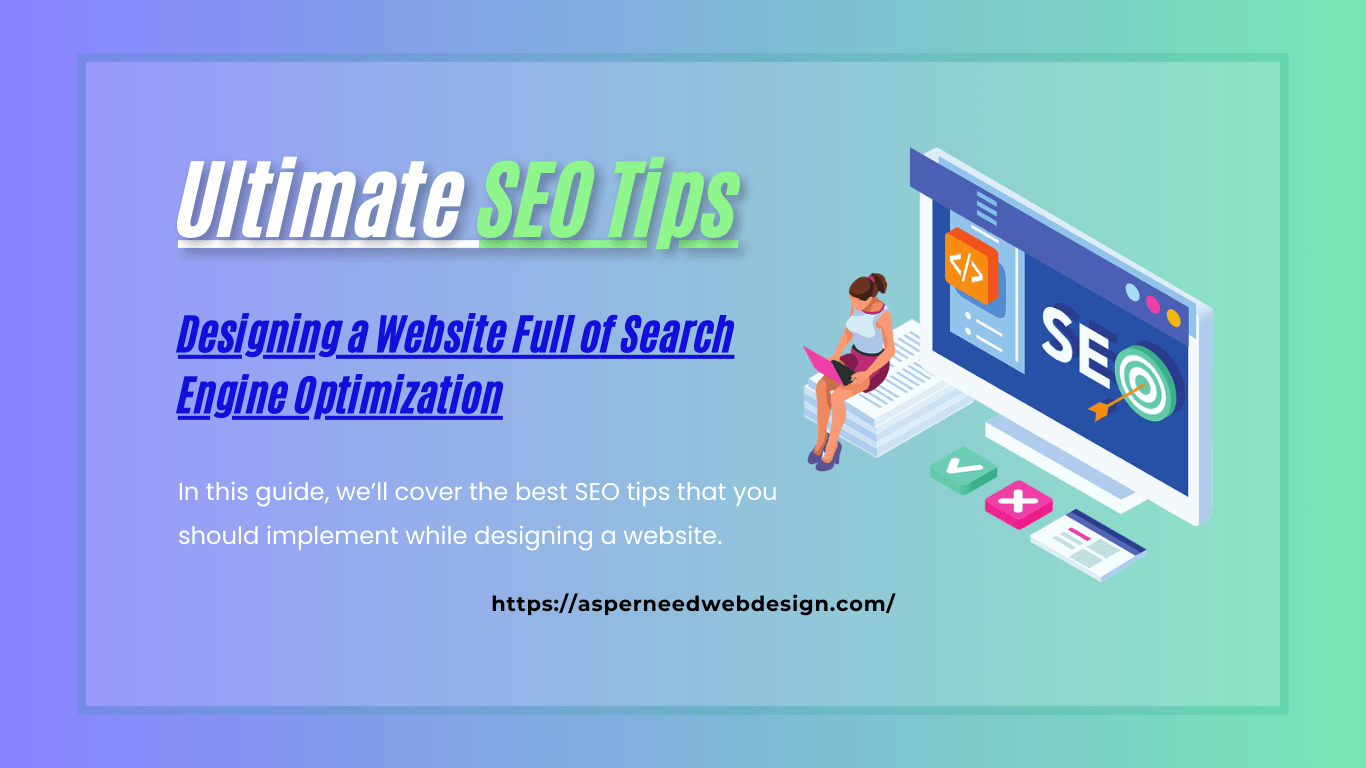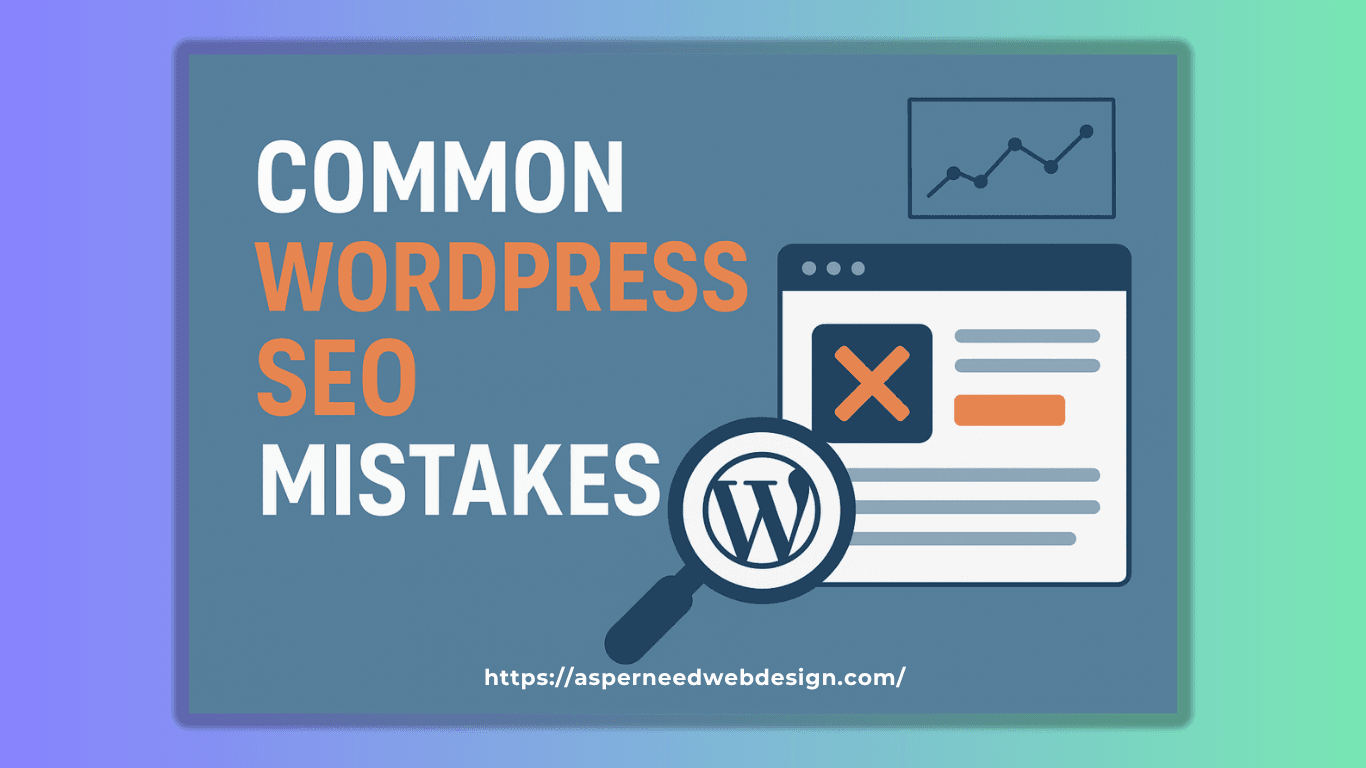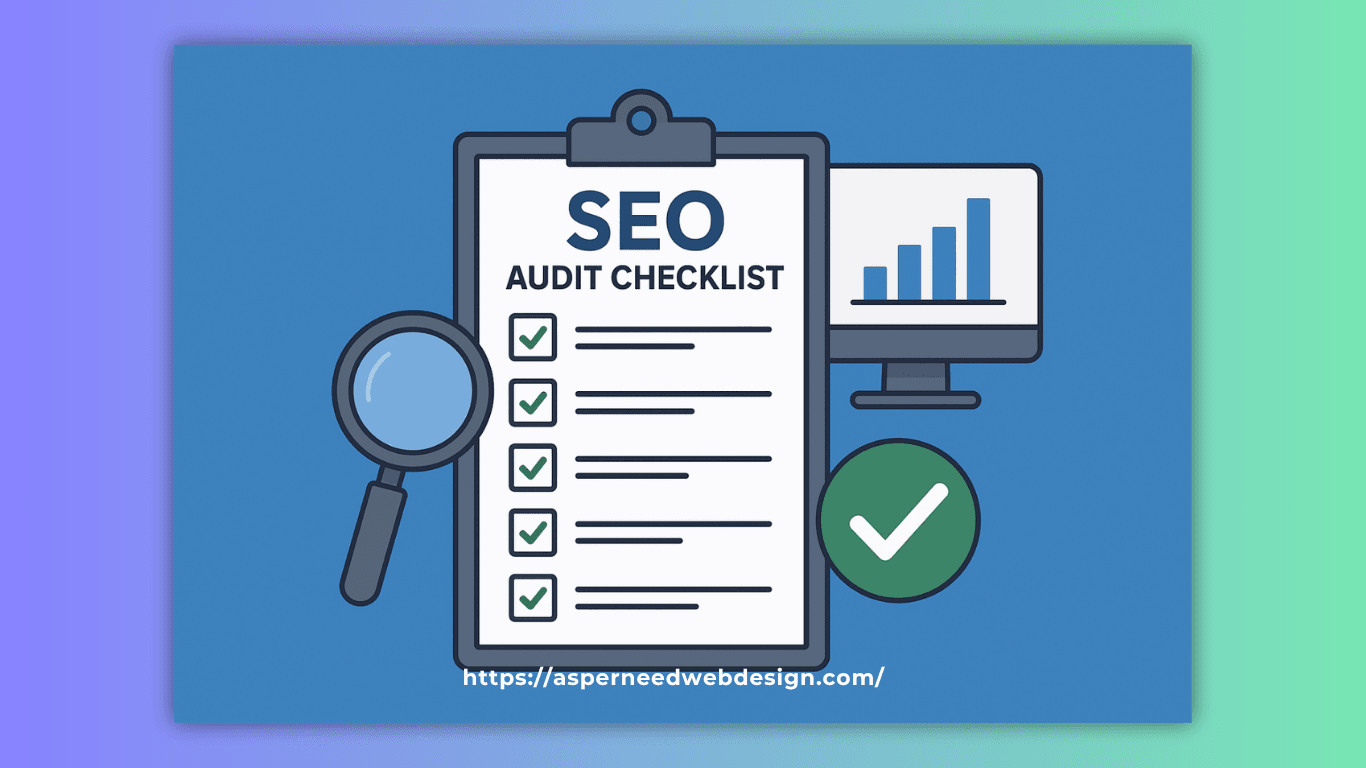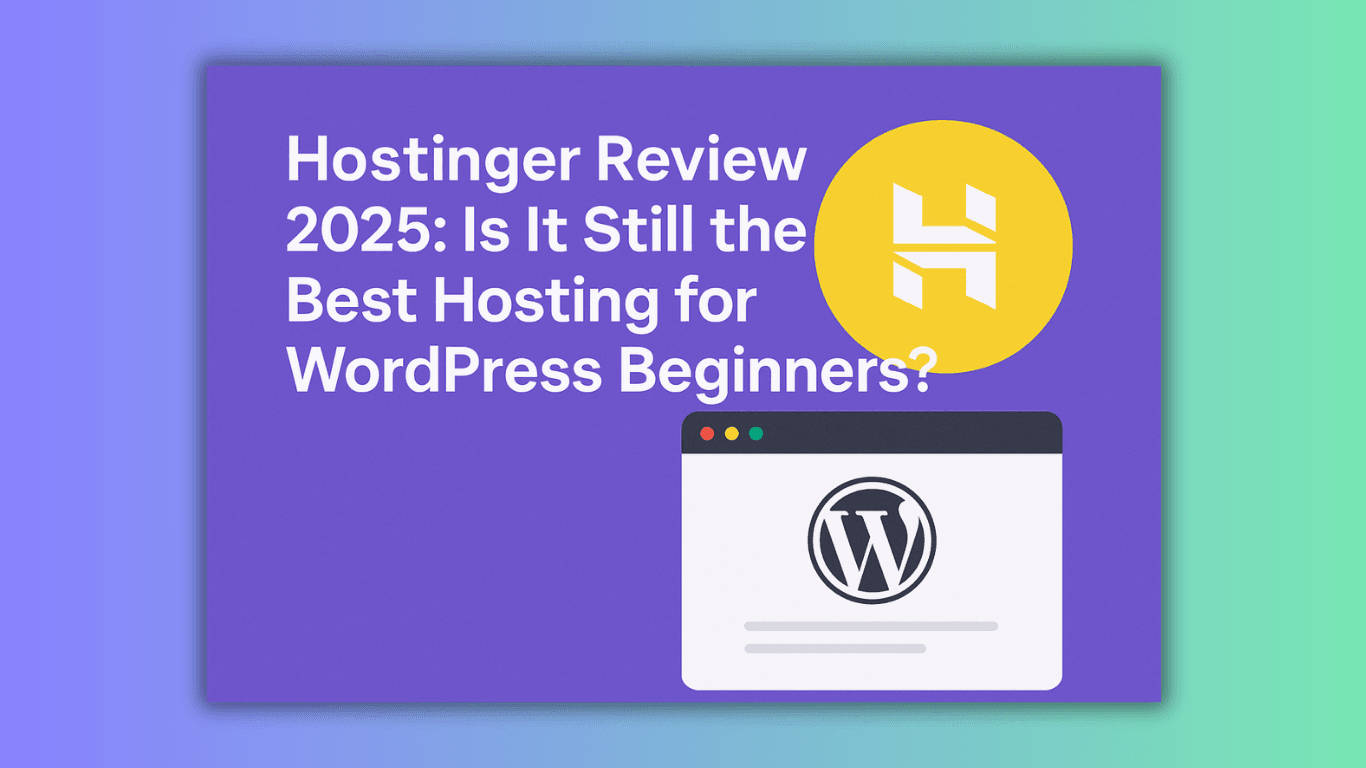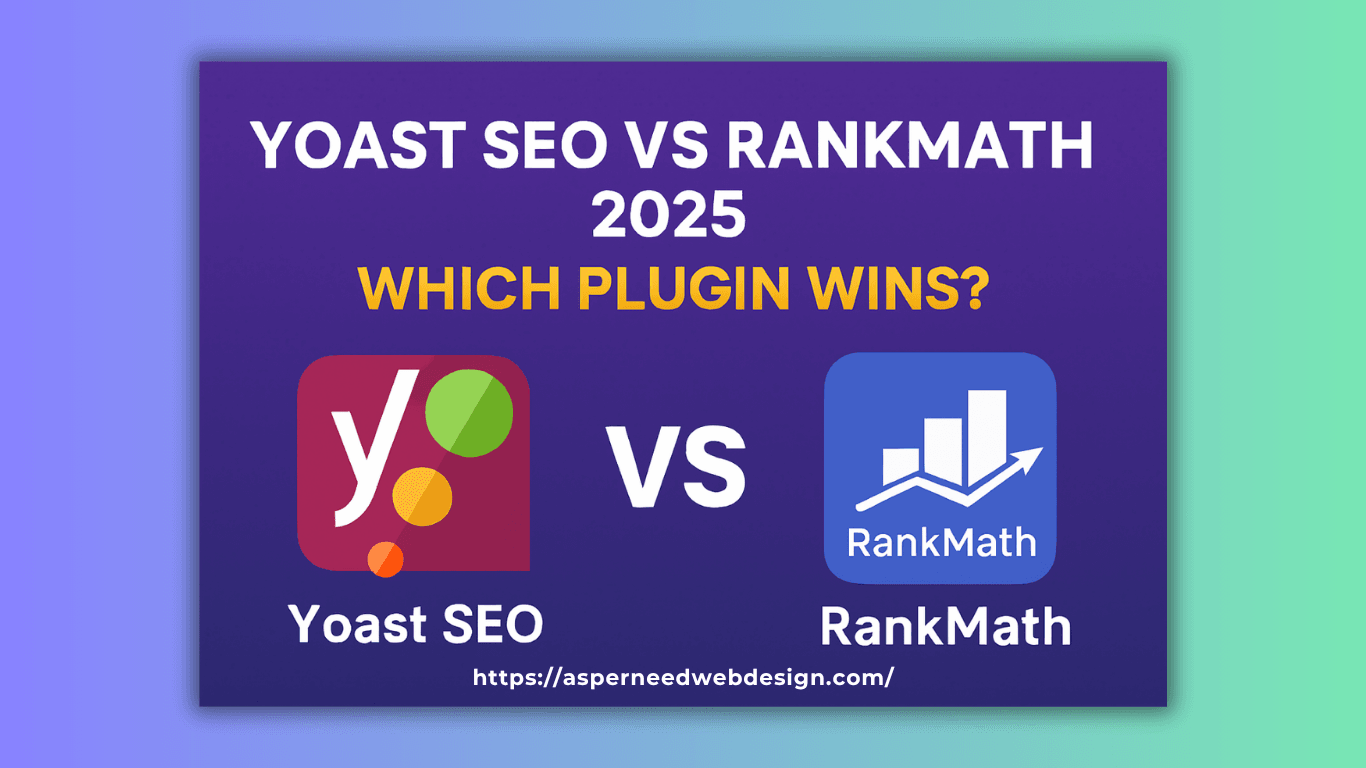If you’re designing a website, SEO (Search Engine Optimization) should be a top priority. A well-optimized site helps you rank higher on Google, attract more visitors, and grow your business. But how do you design a website that’s fully optimized for search engines?
In this guide, we’ll cover the best SEO tips that you should implement while designing a website.
Table of Contents
1. Start with a Solid Site Structure
A clean and logical site structure makes it easier for both users and search engines to navigate your website. Follow these steps:
✅ Plan a clear hierarchy – Your homepage should link to main categories, and those categories should link to subcategories or individual pages.
✅ Use a simple URL structure – Keep URLs short, descriptive, and keyword-friendly. Example:
- ❌ Bad URL: yourwebsite.com/p=123
- ✅ Good URL: yourwebsite.com/seo-tips
✅ Add a sitemap – A sitemap helps search engines crawl and index your pages faster.
2. Use an SEO-Friendly Design
Your website design affects SEO more than you think! Here’s what you need to do:
🎨 Mobile-first design – Since Google uses mobile-first indexing, ensure your website looks great and functions smoothly on mobile devices.
⚡ Fast loading speed – A slow website can hurt rankings. Use optimized images, a caching plugin, and a lightweight theme.
🔄 Easy navigation – Use a sticky menu, breadcrumbs, and a clear call-to-action (CTA) to improve user experience.
3. Optimize Your On-Page SEO Elements
Every webpage should be optimized with the right elements:
📌 Title Tags & Meta Descriptions
- Keep your title under 60 characters and meta description under 160 characters.
- Include your main keyword naturally.
- Example:
- Title: Ultimate SEO Tips for Designing a Website (Best Practices)
- Meta Description: Learn the best SEO tips for designing a website that ranks higher on Google and attracts more visitors.
📌 Use Proper Headings (H1, H2, H3)
- The H1 tag should be the main page title.
- Use H2s and H3s for subheadings to structure your content properly.
📌 Image Optimization
- To save file size without reducing quality, compress images.
- Use descriptive alt text for each image to improve accessibility and SEO.
4. Focus on High-Quality Content
Content is king when it comes to SEO. Follow these content strategies:
✍ Write for humans first, SEO second – Avoid keyword stuffing and write naturally.
📊 Use long-tail keywords – These are less competitive and bring in targeted traffic.
📌 Add internal links – Link to related content within your site to improve user engagement and help search engines understand your site structure.
🎯 Include external links – Link to authoritative sources to add credibility.
5. Technical SEO Matters Too!
Technical SEO helps search engines crawl, index, and understand your website properly.
🔍 Enable HTTPS – A secure site (SSL certificate) is a ranking factor.
🚀 Fix broken links – Use tools like Google Search Console to find and fix broken links.
📱 Optimize Core Web Vitals – Ensure your site loads fast, is responsive, and provides a smooth user experience.
6. Implement Schema Markup for Better Visibility
Schema markup helps search engines display rich results like ratings, FAQs, and breadcrumbs.
Use Google’s Structured Data Markup Helper to add schema markup for:
✅ Blog posts
✅ Products
✅ FAQs
✅ Reviews
7. Improve User Engagement (Important for SEO!)
A website with better engagement gets higher rankings because Google sees it as valuable. Here’s how to boost engagement:
🎯 Write compelling headlines – Use numbers, power words, and curiosity to grab attention.
🎥 Use visuals & videos – Infographics and explainer videos keep users engaged.
📢 Add CTA buttons – Encourage users to take action, such as signing up or reading another post.
8. Optimize for Local SEO (If You Have a Business Website)
If you’re targeting a local audience, implement these strategies:
📍 Claim your Google My Business listing and keep it updated.
📍 Use local keywords like “best SEO agency in [Your City]”.
📍 Get customer reviews to build trust and improve rankings.
Final Thoughts
SEO-friendly web design is not just about ranking on Google—it’s about creating a great user experience while making your site discoverable.
🚀 By following these SEO tips, your website will:
✔ Rank higher on search engines
✔ Attract more traffic
✔ Convert visitors into customers, Now it’s your turn!
Apply these SEO strategies to your website and see the difference. Have any questions? Drop them in the comments! 😊

